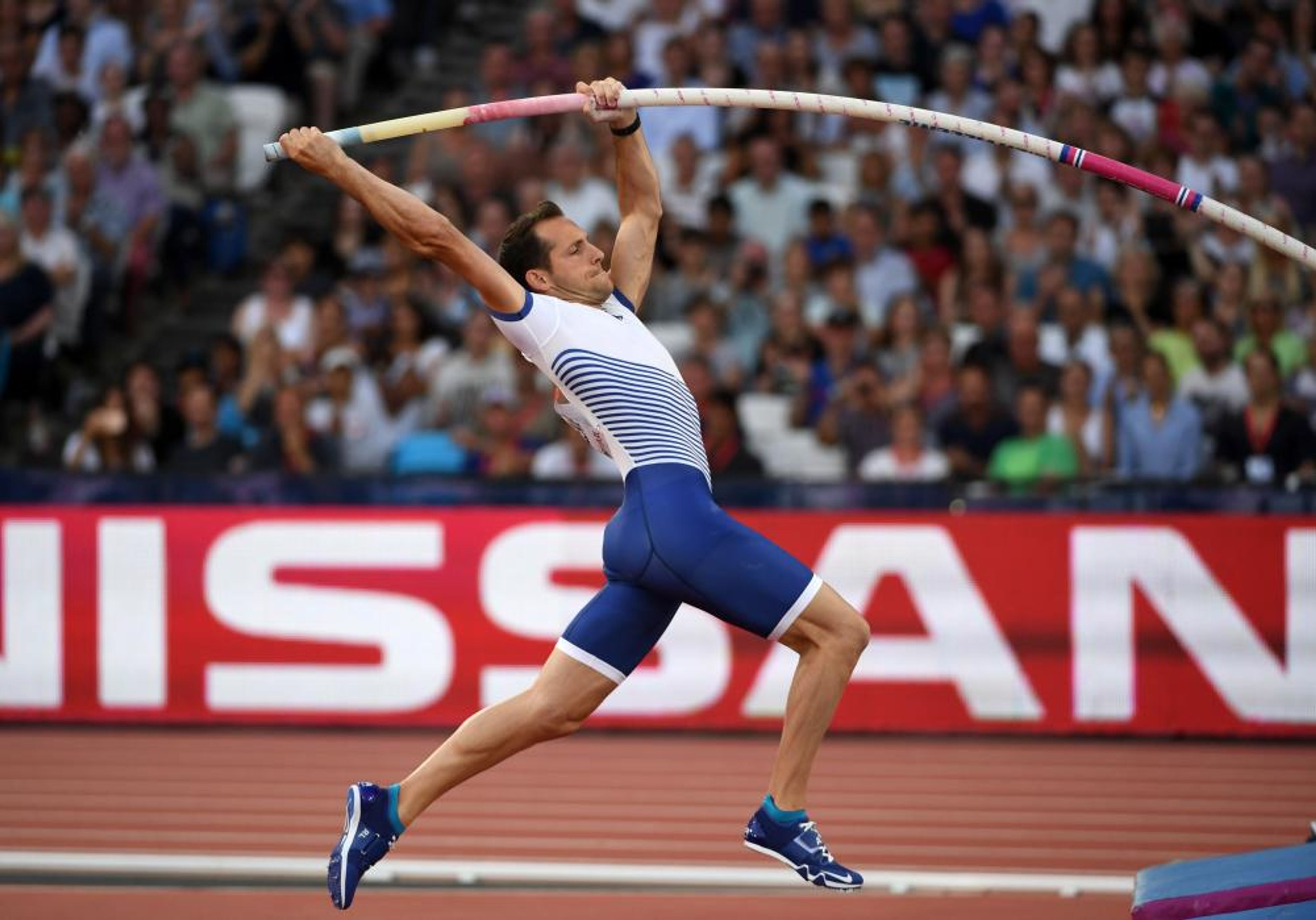Mastering the Pole Vault Swing: From Takeoff to Inversion
Master the pole vault's swinging trail leg technique to enhance your vaulting performance. Learn how to maintain pole pressure, improve swing mechanics, and increase speed and power with practical drills.
Mastering the Swinging Trail Leg in Pole Vaulting
Introduction
Pole vaulting is a sport that combines athleticism, precision, and technique. Achieving a successful vault requires more than just strength and speed; it demands mastery of specific techniques. One such technique is the swinging trail leg, a critical element in the swing phase of the vault. This article delves into the importance of mastering the swinging trail leg and offers practical advice on how to perfect this technique.
Importance of the Swinging Trail Leg
Maintaining Pressure on the Pole
A long trail leg is essential for maintaining pressure on the pole during the vault. This pressure is crucial for the pole to bend correctly and roll into the pit. When the trail leg is extended, it helps keep the pole under tension, allowing for a more controlled and powerful vault. This technique is particularly important as athletes progress and move onto bigger poles, which require more precise handling.
Enhancing Swing Mechanics
The mechanics of the swing are significantly improved with a long, low swing. This technique is akin to performing a giant swing in gymnastics, where the body moves in a smooth, controlled arc. By swinging down and long, the vaulter can achieve a more efficient inversion. This smooth transition is vital for maintaining momentum and ensuring a powerful vault.
Increasing Speed and Power
A long, low swing also contributes to increased speed and power. The faster and more powerful the swing, the easier it is to get into an inverted position quickly. This speed is critical for maximizing the height of the vault. By focusing on a long, low swing, vaulters can enhance their overall performance and achieve greater heights.
Techniques for Executing the Swinging Trail Leg
Big Jump Off the Ground
The foundation of a successful vault begins with a powerful takeoff. A big jump off the ground sets the stage for an extended trail leg. Vaulters should focus on an explosive jump, ensuring that their trail leg is fully extended behind them as they leave the ground. This extension should feel natural and result from the strength of the takeoff.
Swinging Long and Low
Immediately after takeoff, the focus should shift to swinging the trail leg down and long. Visualization techniques can be particularly helpful here. For instance, some coaches suggest imagining a ball attached to the bottom end of the pole. The goal is to kick this imaginary ball, ensuring that the leg swings in a long and low arc. This visualization helps reinforce the desired motion and improves swing mechanics.
Transition to Inversion
As the trail leg swings down, it should feel like tapping the bottom, similar to a giant swing in gymnastics. This motion helps the body naturally want to invert. Allowing the trail leg to continue its swing all around the body leads to a smooth transition into the inversion phase. This seamless transition is crucial for maintaining momentum and achieving a higher vault.
Drills to Practice the Swinging Trail Leg
High Bar Swings
High bar swings are an excellent drill for practicing the swinging trail leg. Hanging swings on a high bar help vaulters focus on maintaining a long trail leg and a low swing as they move towards inversion. Bubka drills, performed on the high bar, are also beneficial. These exercises reinforce the mechanics of a long, low swing and the transition to inversion.
Pop-ups
Simulated kicks on the ground are another effective drill. Vaulters can practice simulating the takeoff and swing, visualizing kicking an imaginary ball in the plant box. This exercise helps reinforce the long, low swing motion and improves overall technique.
Conclusion
Mastering the swinging trail leg is essential for achieving higher and more efficient vaults in pole vaulting. By focusing on maintaining pressure on the pole, enhancing swing mechanics, and increasing speed and power, vaulters can significantly improve their performance. Incorporating drills such as high bar swings and plant box kicks into training routines can help refine these techniques. As with any skill, practice is key. By continually working on swing mechanics, vaulters can enjoy the process of becoming better athletes and reaching new heights in their pole vaulting journey.





